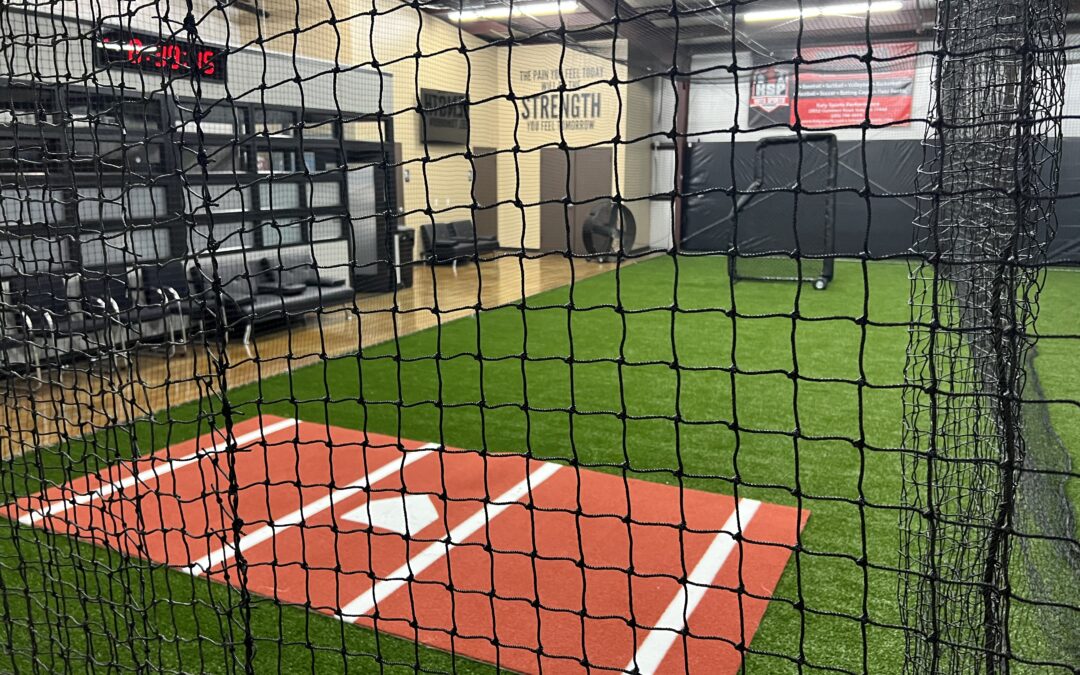Pitching Machine Safety Tips: How to Protect Players During Practice

The pitching machine is an invaluable tool for baseball and softball teams, offering consistent, repeatable pitches that are essential for developing timing, hand-eye coordination, and confidence at the plate. However, this mechanical marvel is also a powerful piece of equipment that introduces significant safety hazards if not handled and operated correctly. A fastball traveling at high speed, coupled with the inherent risks of a rotating machine, demands meticulous attention to safety protocols. For coaches, parents, and players, understanding and strictly adhering to safety guidelines is the most important part of using a pitching machine. The goal is simple: maximize practice efficiency while minimizing the risk of injury.
The key to safe Bata 2 – 100 MPH Pitching Machine use lies in treating the machine with the same respect and caution one would treat a live pitcher throwing from the mound. The primary dangers are two-fold: the risk of a player being struck by a pitched ball and the hazards associated with the machine itself, including moving parts and electrical connections. A comprehensive safety plan addresses both of these critical areas.
Pre-Practice Inspection and Setup
Safety begins long before the first ball is thrown. A thorough pre-practice inspection and correct setup are non-negotiable steps that lay the groundwork for a safe session.
Before turning on the machine, always check its physical condition. Inspect all electrical cords for fraying or damage, ensuring they are properly grounded. The machine should be placed on a level, stable surface to prevent tipping or shifting during use. Never operate the machine on wet or slippery ground. Verify that all bolts, especially those securing the throwing wheels or arms, are tight and that the machine is functioning properly. If the machine is powered by a gas generator, place the generator far away from the immediate practice area to avoid fumes and noise distractions.
Crucially, secure the machine’s location. Once the machine is set up and calibrated for speed and pitch location, the coach or operator must ensure it is firmly fixed in place. For machines used for batting practice, the setup should include protective screens positioned between the machine and the batter. This protective screen, often referred to as an “L-screen,” is designed to shield the operator from batted balls without obstructing the pitched ball’s path. Never operate a pitching machine without adequate protective netting in place.
Player Protective Gear and Field Awareness
The first line of defense for the batter is appropriate protective gear, and it must be worn every single time a player steps into the practice zone.
All batters must wear batting helmets that meet current safety standards and are specifically designed for the sport being played (baseball or softball). For younger or less experienced players, consider requiring a helmet with a faceguard or cage for added facial protection. Additionally, ensure the batter is wearing appropriate footwear to prevent slips and is positioned a safe distance from the machine and the home plate.
Beyond the batter, all personnel in the immediate vicinity must maintain a high level of field awareness. No one should ever stand between the machine and the batter. Players waiting their turn should be positioned well behind the protective netting and paying attention to the practice in case of a deflected ball. Distractions, such as using phones or engaging in casual conversation near the plate, must be prohibited. Coaches should strictly enforce a rule that only the coach/operator and the batter are within the immediate danger zone.
Training and Supervision: The Human Element
Ultimately, the effectiveness of any safety plan depends on the human element—the training and discipline of the coaches and players. Coaches must be thoroughly trained in the safe operation, setup, and troubleshooting of the machine. They must also be vigilant supervisors, consistently enforcing every safety rule without exception.
Players, especially younger ones, need to be educated on the dangers of the machine and the importance of respecting the warning signs. Teach batters how to stand securely in the box, how to track the ball, and how to safely retreat from an inside pitch. By prioritizing safety training and maintaining an environment of strict adherence to protocols, the pitching machine can remain what it is intended to be: a highly effective and safe tool for developing the next generation of hitters.
